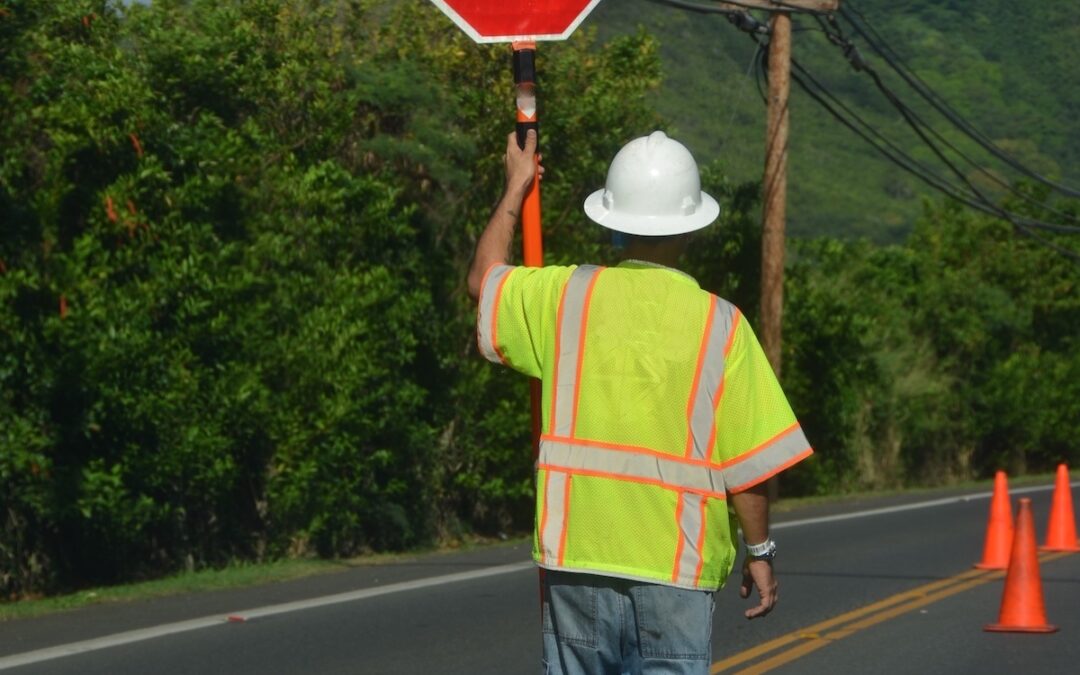Road construction zones can be dangerous for workers and drivers. Because of this, it is required that all workers complete safety training before they enter the work zone. It is also essential that drivers stay alert when approaching and driving through work zones. Most fatal work zone accidents occur on roads with a speed limit greater than 50 mph, and rear-end accidents are the most common type of collision. When driving through a work zone, obey all flaggers’ directions. Flaggers have the same authority as regulatory signs. If you violate a flagger’s instructions, you could be cited.
Discussion Points:
• What are some of the risks of work zones?
• How should you react in a work zone to manage risks?
• What are some distractions you might encounter in a work zone?
• What should you be aware of when driving through a work zone?
• What is the leading cause of work zone accidents?
Discussion:
Work zones are marked with cones, barrels, signs, barriers, and signals. In these areas, message board warnings must be clear and short to be easily understood. They should indicate where the work zone begins and ends to give drivers the necessary time to perform the needed maneuvers. Drivers should be as patient as possible and prepare for delays. Staying calm, driving defensively, and taking things slowly can save time, money, and lives. Drivers and passengers are more likely than highway workers to be hurt or killed in work zone accidents. Besides rear-end collisions, other causes of work zone fatalities include construction trucks backing over workers, equipment contacting overhead power lines or striking buried gas lines, construction materials and objects falling on workers, workers falling from machinery, and workers caught in the driver’s blind spots. Over the past five years, more than 3,300 people have died nationwide in work zone accidents.
In 2020 alone, there were 857 work zone fatalities; of those, 244 involved commercial motor vehicles.
Before setting out on the road, research your route. When possible, avoid work zones and use any available detours. However, if you must enter a work zone, you may consider the three R’s of work zone safety; Recognition, Reaction, and Responsibility. Watch for early warning signs; expect the unexpected and stay alert, and take extra precautions when in a work zone area. Everyone plays a part in work zone safety. It is each person’s responsibility to help ensure drivers and road workers reach their destination.
As always, be safe out there!


Recent Comments